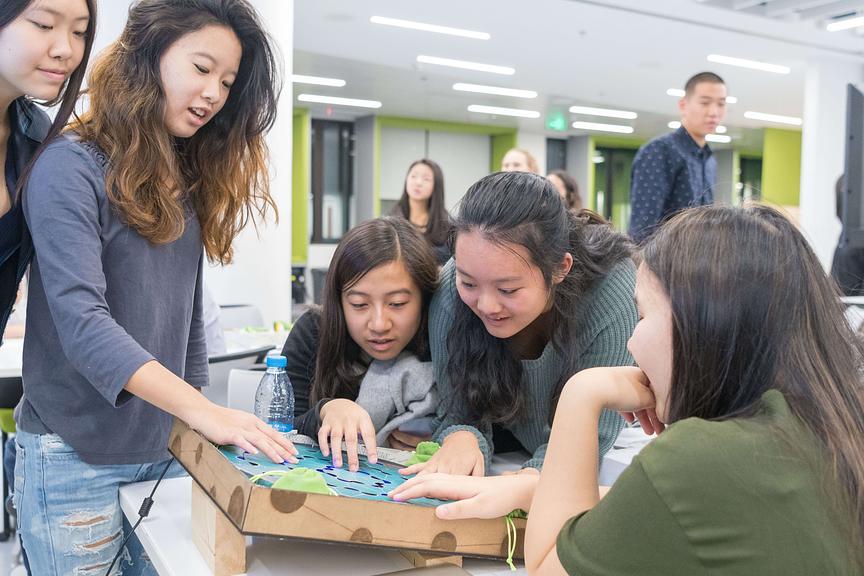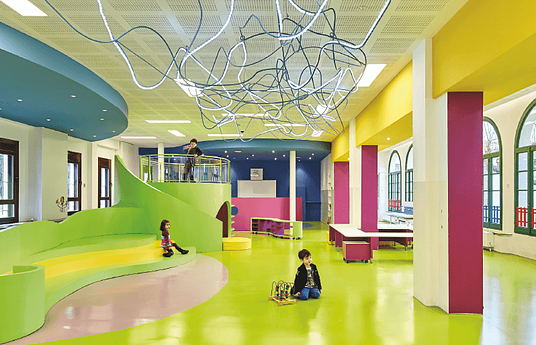INTRODUCTION
What is Innovation Institute ?
Innovation Institute at Shanghai American School is a two-year interdisciplinary project-based learning program wherein students grapple with a series of open-ended, complex questions that address some of humanity’s most pressing problems through collaborative and creative processes. It is through each area’s unique content, the application of skills, and the meaningful integration points between disciplines that Institute students develop learning skills needed to generate, evolve, and refine creative solutions to some of the challenges facing modern society.
In an increasingly globalized and technological world, leaders in all areas acknowledge that mastery in critical and creative thinking, collaboration, and communication are essential to our ability to successfully respond to current and future challenges.
Innovation Institute helps students to develop 21st century learning skills (sometimes called 21st century competencies or the 4C's). The program was developed by founding teachers and an administrator who felt strongly that students would benefit from an engaging, interdisciplinary, project-based learning environment.
This program incorporates 4 courses in both grade 9 and grade 10: English, science, social studies, and a design course that is a fine arts elective.

.jpg)

